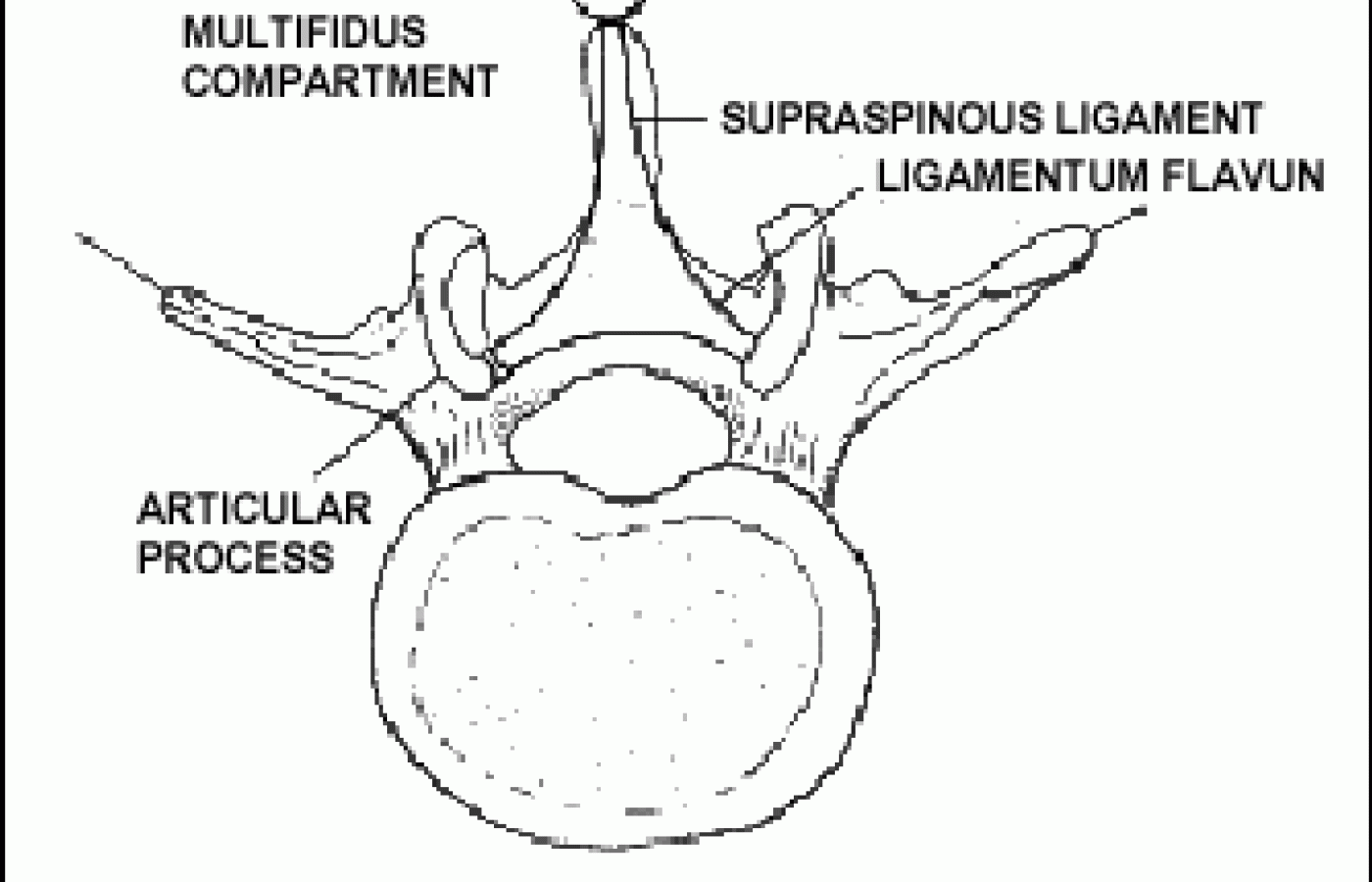Some doctors thrive in a personality-based clinic and have a loyal following no matter what services or equipment they offer, but for most chiropractic offices who are trying to grow and expand, new equipment purchases help us stay relevant and continue to service our client base in the best, most up-to-date manner possible. So, regarding equipment purchasing: should you lease, get a bank loan, or pay cash?
The Subluxation and "Innate" Both Need Soft Tissue
Some chiropractors profess that "just adjusting" is all that is necessary to reduce the subluxation and influence "innate." There are chiropractic colleges that emphasize these concepts to the point of de-emphasizing all aspects of soft tissue information.
Often doctors adhering to his concept will adjust their patients at least three times per week for months on end. Many have the goal of convincing these patients to become lifetime patients requiring at least one or more adjustments per month - forever! One of the most negative statements I hear about chiropractic from patients is that once you see one, you have to go the rest of your life. Why do they feel this way? Some doctors must be theorizing that the adjusted subluxation will not "hold." "Innate" will be compromised, since old and new subluxations will continue to reappear. Often, the same subluxation is treated repeatedly.
If the adjustment of the subluxation removes the interference allowing "innate" to do the job, doesn't it make sense to consider other factors that that may be perpetuating the subluxation? A principal "other factor" is the soft tissues. The spinal segment is by itself a passive structure supported, moved and stabilized by local attachments, such as the vertebral ligaments, muscles, capsules and fascia. The spine is also connected to and affected by distal connective tissue, as they say, "from the eyebrows to the plantar fascia." There are many studies showing the interrelationship of the bodily connective tissue. While a spinal adjustment can reflexively affect some of these infra and paraspinal structures, many local restrictive soft tissue adhesions cannot be completely released by an adjustment. Could this be a reason for the recidivism of the subluxation?
Harrison1 showed how restoration of a cervical lordosis was more effective when sustained cervical traction was used with the adjustment than when the diversified spinal manipulation was performed alone. Time was allowed for "the soft tissues to stretch past the elastic phase into the viscous-plastic phase." The latter can also be accomplished with a fascial release against the fascial barrier.
Barker2 showed how the lumbar fascia is connected directly from the splenius capitus and cervicis to the sacrotuberous ligament and hamstrings. Traction in this study on the biceps and gluteus maximus displaced the deep fascial lamina by way of the sacrotuberous ligament to the L5-S1 level, proving that the sacrotuberous ligament transferred load from below the spine to the spinal levels and above. Restricted fascia - in this case, distal to the spinal segments - restricted local spinal movement. Repeatedly adjusting an L5 vertebra without evaluating and freeing local and distal restrictions would not allow complete intersegmental range of motion of L5-S1.
An amazing study by Willard3 (see Figure 1) clearly demonstrates the interrelationship of soft tissue to the spinal segment, and the need to evaluate soft tissue both locally and distally. Willard removed the bony component of lumbar vertebrae and proved that the ligaments of the lumbar vertebral column formed a continuous connective tissue stocking extending from the posterior thoracolumbar fascia to the anterior longitudinal ligament. Removal of the bony component still resulted in the ligaments functioning as a single unit. In examining the posterior ligamentous component, he found that the outer thoracolumbar fascia connected directly to the supraspinous ligament; which connected directly to the interspinous ligament; which connected directly to the ligamentum flavum; whose medial fibers connected to the laminae of the adjacent vertebra; while the lateral fibers of the ligamentum flavum connected to the facet capsules.

The major fascial planes of the lower extremities from the plantar fascia to the gastroc/soleus to the hamstrings to the sacrotuberous ligament are anchored to the lumbar spinal segments by way of the thoracolumbar fascia. Willard states: "Thus it is possible for the interspinous and supraspinous ligaments to act as force transducers, translating the tension originating from the extremities and torso, into the lumbar vertebral column" and according to Barker2 to the upper extremities, cervical spine and occiput. Releasing fascial restrictions above, below or at the level of a spinal subluxation must allow more freedom of motion at that spinal level. Does this mean that freeing the restrictions in a hamstring, latissimus dorsi, or on the plantar surface of the foot could prevent or help treat a subluxation? As Clarence Gonstead used to say, "You betcha!"
I mention Dr. Gonstead of Mt. Horeb because he championed the statement: "Find it, fix it and leave it alone." If you really fix it (i.e., evaluate the whole structure, spine and soft tissue) then you really can "leave it alone."
References
- D. Harrison. Effect of spinal versus soft tissue manipulation in restoring cervical lordosis. JMPT 17(7), 19 94:454-464.
- Barker PJ. Attachments of the posterior layer of lumbar fascia. Spine 24(17), 1999: 1757-64.
- Willard FH. The muscular, ligamentous and neural structure of the low back and its relation to back pain. In: Vleeming A, et al. Movement, Stability & Low Back Pain. New York, Churchill Livingstone, 1997.
Warren Hammer,MS,DC,DABCO
Norwalk, Connecticut
theham@discovernet.net



